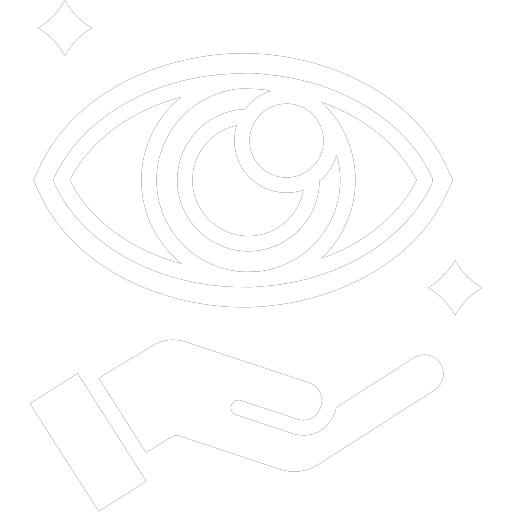
A Visionary Optical Experience at Dr. Shalini Jain’s Samyak Eye Care Clinic
Step into a world where cutting-edge technology meets unparalleled expertise in our state-of-the-art optical center. At Dr. Shalini Jain’s Samyak Eye Care Clinic, we’ve meticulously crafted an environment that not only caters to your every visual need but also redefines the eyewear experience.
Sophisticated Optical Layout:
-
Elegantly Designed Spaces Our optical center is a blend of modern aesthetics and functional design, creating a welcoming atmosphere that reflects our commitment to excellence. From the moment you walk in, you’re greeted by an environment that exudes both comfort and sophistication, making your eyewear selection a truly enjoyable experience.
-
Interactive Display Areas Explore our carefully curated collection of frames and lenses in our interactive display areas. Designed to showcase the latest in eyewear fashion and technology, these spaces allow you to see, touch, and experience the products before making your choice. Each display is thoughtfully arranged to guide you through a seamless selection process, whether you’re browsing our premium international brands or exploring specialized optical solutions.
Comprehensive Product Offerings
-
Exclusive International Brands We pride ourselves on offering an extensive range of frames from the world’s leading brands. From timeless classics to the latest trends, our collection is handpicked to ensure that you find the perfect match for your style and visual needs. Our expert opticians are on hand to assist you in selecting the ideal frame that complements your personality and lifestyle.
-
Advanced Multinational Progressive Lenses Discover the pinnacle of lens technology with our advanced multinational progressive lenses. These lenses are engineered to provide seamless transitions between different vision zones, ensuring clarity and comfort at all distances. Plus, with our 100% adaptation guarantee, you can trust that your vision will be perfectly aligned with your daily demands.
-
Customized Optical Solutions Our optical center offers a range of specialized products, including prismatic glasses, crutch glasses, powered goggles, and swimming glasses. Each solution is tailored to meet specific visual requirements, ensuring optimal performance and comfort.
Innovative Facilities and Technology
-
AI-Powered Visual Behavior Assessment Experience the future of eye care with our artificial intelligence-based visual behavior assessment. This advanced technology provides deep insights into your visual habits, enabling us to craft highly personalized eyewear solutions that cater to your unique needs.
-
Precision Fitting with Digital Software Marking Our cutting-edge digital software ensures the precise fitting of progressive and multifocal lenses. By meticulously measuring and marking lenses, we guarantee that your eyewear will provide flawless vision correction across all distances.
-
Child-Centric Optical Services Our clinic is specially equipped to cater to the needs of our youngest patients. We offer a wide range of pediatric frames and lenses, designed to be both durable and comfortable. Our experts ensure that each pair of glasses is perfectly fitted, supporting healthy vision development in children.
Unparalleled Customer Care
-
Personalized Service At Samyak Eye Care Clinic, we believe that every patient deserves individual attention and care. Our experienced team is dedicated to guiding you through every step of the optical journey, from selecting the perfect frame to ensuring the optimal fit of your lenses.
-
Commitment to Excellence Our unwavering commitment to quality and precision is evident in every aspect of our optical services. We use only the latest technology and best practices to deliver eyewear that not only enhances your vision but also reflects your unique style.
Why Choose Us?
-
Innovative Optical Solutions From the latest in lens technology to an unrivaled selection of international frames, our optical center offers solutions that meet the highest standards of excellence.
-
Expert Care and Precision Our blend of cutting-edge technology and personalized service ensures that your eyewear is crafted with the utmost care and attention to detail.
-
A Superior Experience At Dr. Shalini Jain’s Samyak Eye Care Clinic, we’re not just about correcting vision—we’re about enhancing lives through exceptional eye care.
Discover the Difference
-
Visit us today and explore the world of possibilities that our advanced optical center has to offer. Experience the perfect blend of luxury, innovation, and expert care, all designed to bring your vision to life.




